Revealing Turkey's Vulnerable Position on the Global Chessboard 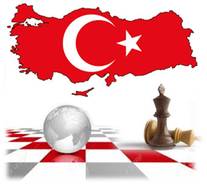 In a March 2014 article in Mining Engineering magazine, I played devil’s advocate by asking whether the risks of doing business in Turkey might outweigh those of sub-Saharan Africa. As of late-2013, when I submitted the article, Russia had not yet invaded nearby Crimea and the Syrian war was in its infancy. Back then, the idea that a modern, constitutional republic like Turkey could become as dicey for investors as conflict-ridden southern Africa might have seemed farfetched to some readers. But events over the past two years have lent credibility to this proposition. More importantly, they have reaffirmed the usefulness of geopolitics for identifying macro trends and cycles that may be overlooked by other risk assessment methodologies. In brief, my article (entitled "Geopolitics and the Strategic Risks to Mining") presented geopolitics as a uniquely valuable tool for identifying long-term or strategic business risks. Many of the publication’s readers are executives of companies that operate overseas and must, therefore, evaluate a wide variety of possible scenarios. I pointed out that because geopolitical assessment focuses on geography, historical patterns, and the interconnectedness of world events, it can highlight threats and opportunities that go unaddressed by risk assessments which put emphasis on current circumstances (e.g., present-day regimes, boundaries, government policies, economic conditions, and social issues). Using Turkey as a case study, I offered two very different estimations of that country’s risk climate:
2. Based upon its geopolitical situation (i.e., taking into account geography and history), Turkey appears to be relatively high-risk. It is situated on the Anatolian Peninsula, a landmass that:
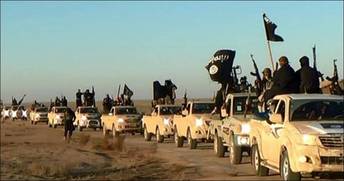 Turkey's deep-rooted geopolitical risks are more obvious now than they were in late-2013. Developments over the past two years have provided additional, tangible evidence that these risks are real and significant – and growing more acute:
While students of geopolitics might be startled by how rapidly Turkey’s situation has changed, they won’t be surprised by the direction in which it appears to be headed. On one hand, it is possible that the current conflicts in Ukraine, Syria, Kurdistan, and the Caucasus will abate, and perhaps Turkey’s situation will improve. On the other hand, for those who are listening, the beat of drums does not seem nearly as faint or far away as it did two years ago. Takeaway: Recent developments involving Turkey underscore the value of geopolitics as a tool for identifying macro trends and strategic risks that are not addressed by other analytical methodologies. A country’s or region’s short-term political situation may be very different from its long-term geopolitical situation. While political, economic, and social issues of today can seem more tangible and acute, they can also hide less obvious but more significant concerns entrenched in geography, history, and culture. (To view a slideshow presentation on this topic, click here.) 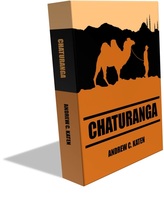 What does this have to do with Chaturanga? Geopolitics is not just for companies, investors, or governments. Any student of international affairs can benefit from viewing world politics through the lenses of geography, history, and culture. Geopolitics offers an understandable, visual, “big picture” overview of what, where, and why certain political events and trends may develop – both over the short- and long-term. And it is versatile, too, meaning students can apply geopolitical methods to analyze any region or period of history. Chaturanga presents these basic geopolitical concepts in a way that makes learning fun, interesting, and relevant. Told through the experiences and perspectives of 14-year-old Patrick Eaton, the story reveals how geography and history contribute to the current affairs of Turkey, the Caucasus, and Central Asia. During his adventures along the Silk Road, Patrick learns that these ancient regions occupy strategic positions on a global chessboard – a fact which has shaped their inhabitants’ recurring roles as both vanquishers and vanquished. He discovers why their vast mountains, deserts, and waterways have long served both as buffers and highways between empires. He sees that the artificial boundaries of the 20th century are slowly being pulled apart by the ancient forces of culture and ethnicity. And he understands why these regions’ natural resources and spider’s webs of highways and pipelines will continue to put them in the crosshairs of world powers. Indeed, Patrick comes to realize that these parts of the world, like so many others, are still very much defined by their geography and history. ©2016 Andrew C. Katen. All rights reserved. Permission is granted to share this article with others, as well as to print or post it on other websites, so long as credit is given to the author.
0 Comments
Leave a Reply. |
AuthorAndrew C. Katen Archives
November 2016
Categories
|
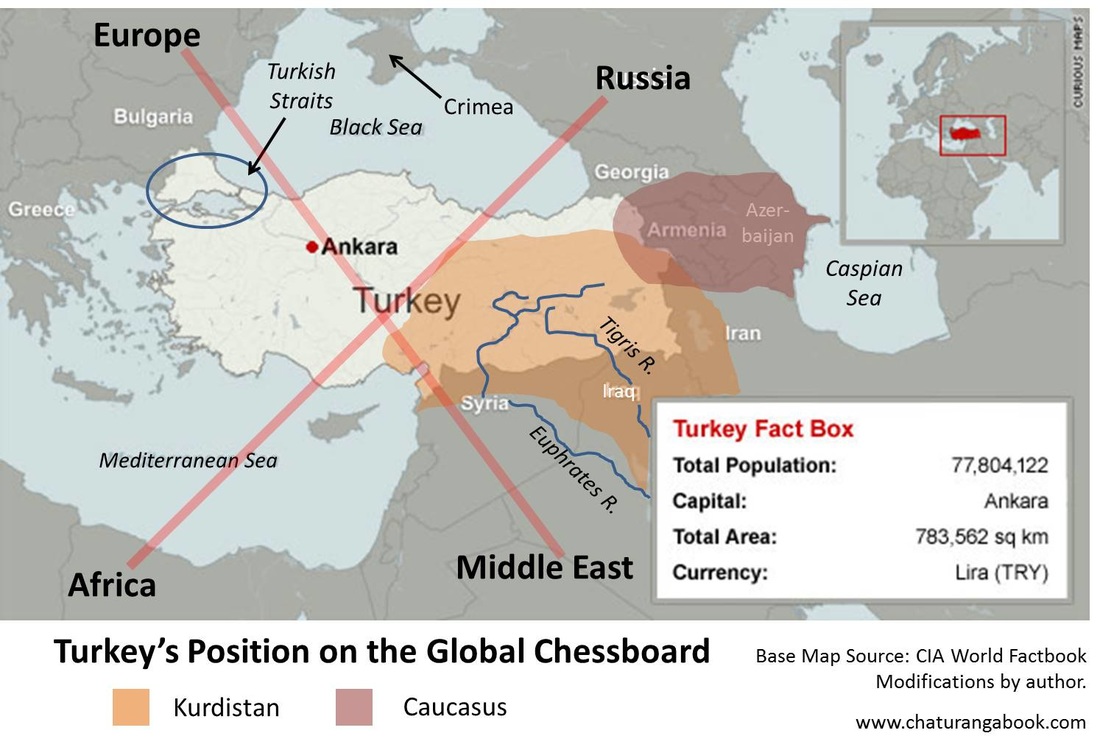
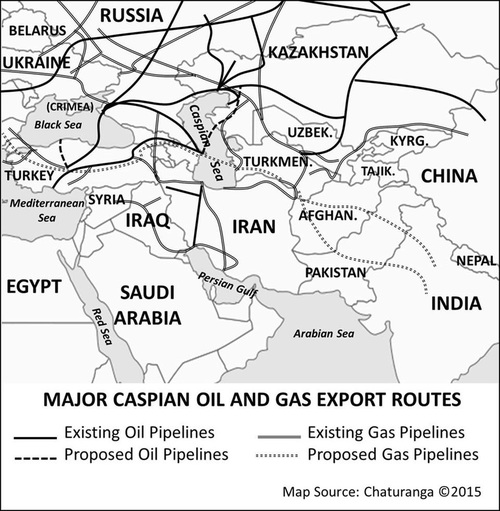
 RSS Feed
RSS Feed